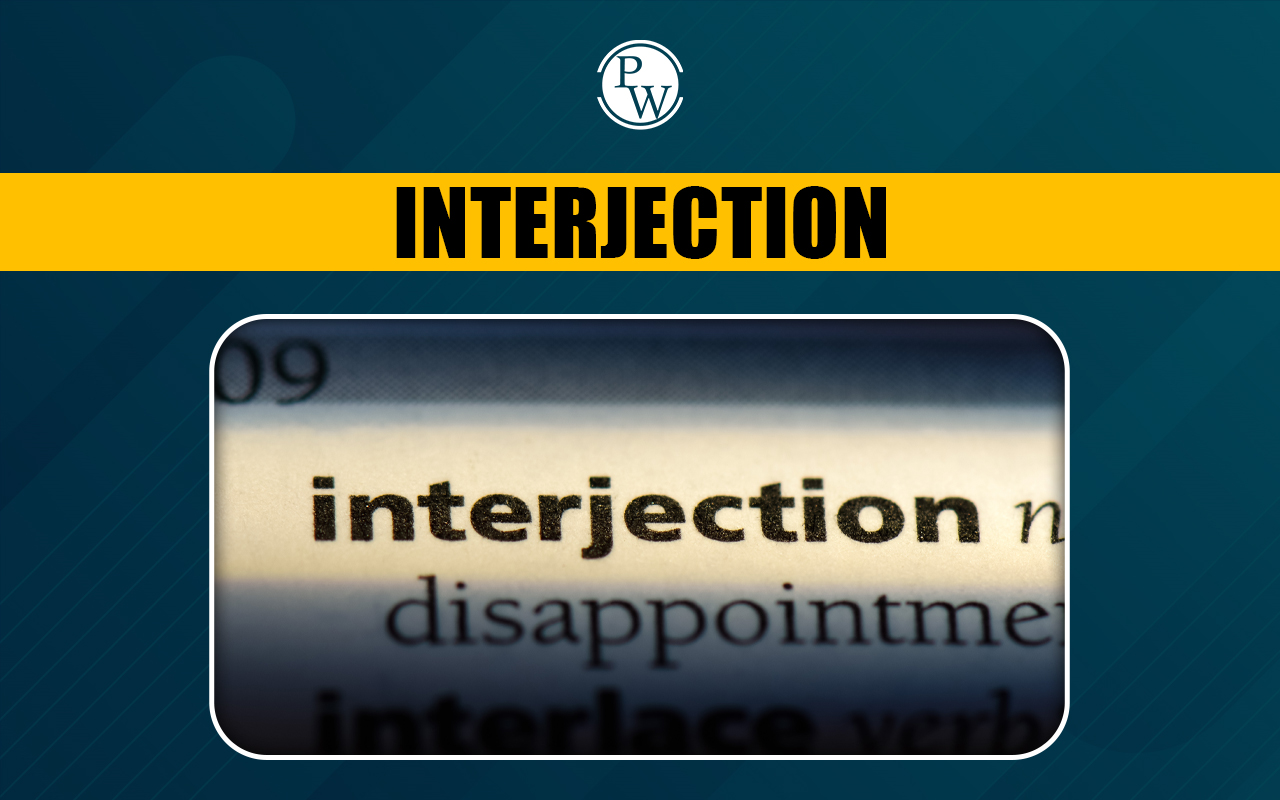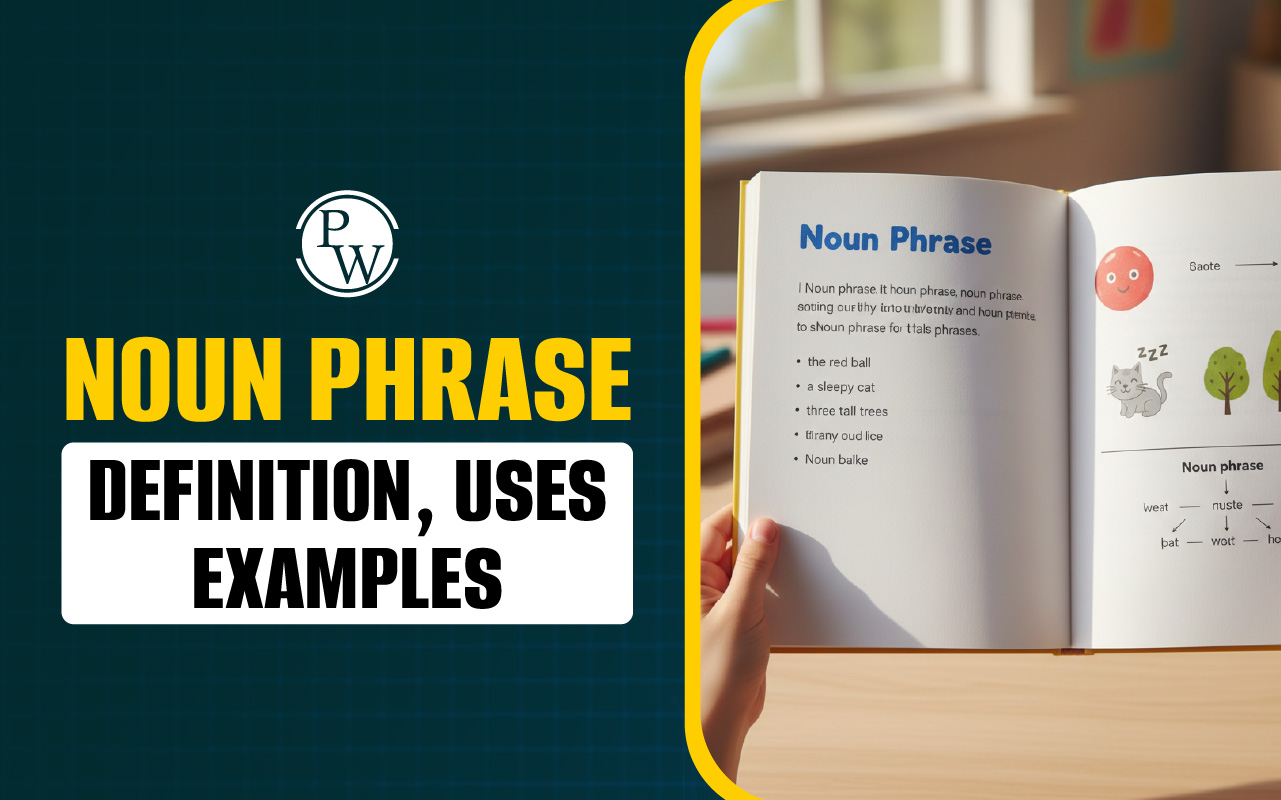
A number system is a way of representing numbers using a specific set of symbols or digits. Each number system is identified by its base, also known as its radix. Common number systems include binary, octal, decimal, and hexadecimal.
The decimal number system, also known as base-10, uses 10 digits: 0, 1, 2, 3, 4, 5, 6, 7, 8, and 9. This is the system most commonly used in everyday life.
In the decimal system, the value of each digit is determined by its position, or weight, within the number. The weight of each position is a power of 10. For example, in the number 5321:
-
The digit 5 is in the "thousands" place, so its value is 5 × 10³ = 5000.
-
The digit 3 is in the "hundreds" place, so its value is 3 × 10² = 300.
-
The digit 2 is in the "tens" place, so its value is 2 × 10¹ = 20.
-
The digit 1 is in the "ones" place, so its value is 1 × 10⁰ = 1.
Adding these together, the number 5321 is calculated as 5000 + 300 + 20 + 1 = 5321. Let’s understand the concept of decimal system in detail.
Read More: Composite Numbers
Definition of the Decimal Number System
The decimal number system is the most commonly used number system in daily life. It is based on 10 digits: 0, 1, 2, 3, 4, 5, 6, 7, 8, and 9. Because it uses ten digits, its base is 10. Each digit in a number has a place value that is a power of 10. If no base is mentioned, a number is generally assumed to be in the decimal system.
For Example, 45₁₀, 908₁₀, and 1203₁₀ are all decimal numbers.
Rules of the Decimal Number System
The decimal number system is based on base 10, using the digits 0 to 9. Each digit in a number has a place value that is a power of 10. The value of a digit depends on its position in the number.
Key Rules to Remember
Digits Used: Only the digits 0 through 9 are used in the decimal number system.
Number Increments After 9: When the digit 9 is reached and increased by 1, we reset it to 0 and carry 1 to the next digit on the left.
For example:
9 → 10,
29 → 30,
199 → 200
Place Values Are Powers of 10: Each digit’s position represents a power of 10, starting from right to left:
The rightmost digit is multiplied by 10⁰ (1),
The next by 10¹ (10),
Then 10² (100), and so on.
Example 1: (562)₁₀ = 5 × 10² + 6 × 10¹ + 2 × 10⁰
= 500 + 60 + 2
= 562
Decimal Numbers (Fractions): When there’s a decimal point, digits after the point have place values in negative powers of 10 (1/10, 1/100, etc.).
Example 2: (47.36)₁₀ = 4 × 10¹ + 7 × 10⁰ + 3 × 10⁻¹ + 6 × 10⁻²
= 40 + 7 + 0.3 + 0.06
= 47.36
Read More: How to Find the Angle of a Triangle
Conversion to Decimal Number System
There are four major number systems:
-
Binary (Base 2)
-
Octal (Base 8)
-
Decimal (Base 10)
-
Hexadecimal (Base 16)
To convert numbers from binary, octal, or hexadecimal systems into decimal, we expand the digits using powers of their respective base and then calculate the total. Let’s understand each with a different example.
1. Binary to Decimal Conversion (Base 2 → Base 10)
In binary, only the digits 0 and 1 are used, and each digit's place value is a power of 2, starting from right to left.
Example: Convert (11010)₂ to decimal.
Break it down:
(1 × 2⁴) + (1 × 2³) + (0 × 2²) + (1 × 2¹) + (0 × 2⁰)
= 16 + 8 + 0 + 2 + 0
= 26
So, (11010)₂ = (26)₁₀
Read More: Dimensional Formula
2. Octal to Decimal Conversion (Base 8 → Base 10)
In octal, digits range from 0 to 7, and each digit's place value is a power of 8, starting from right to left.
Example: Convert (154)₈ to decimal.
Break it down:
(1 × 8²) + (5 × 8¹) + (4 × 8⁰)
= 1 × 64 + 5 × 8 + 4 × 1
= 64 + 40 + 4
= 108
So, (154)₈ = (108)₁₀
3. Hexadecimal to Decimal Conversion (Base 16 → Base 10)
In hexadecimal, digits range from 0–9 and A – F (where A = 10, B = 11, ..., F = 15). Each digit is multiplied by powers of 16 from right to left.
Example: Convert (2F)₁₆ to decimal
First, replace F with 15.
Break it down:
(2 × 16¹) + (15 × 16⁰)
= 2 × 16 + 15 × 1
= 32 + 15
= 47
So, (2F)₁₆ = (47)₁₀
Conversion from Decimal to Other Number Systems
To convert a decimal number (base 10) into binary (base 2), octal (base 8), or hexadecimal (base 16), we repeatedly divide the number by the base and collect the remainders. The final number is obtained by writing the remainders in reverse order (bottom to top).
1. Decimal to Binary Conversion (Base 10 → Base 2)
The binary number system uses only two digits: 0 and 1, and its base is 2. To convert a decimal number to binary:
Step 1: Divide the decimal number by 2.
Step 2: Record the remainder.
Step 3: Continue dividing the quotient by 2 until it becomes 0.
Step 4: Write the remainders in reverse order (from bottom to top).
Example: Convert (75)₁₀ to binary
Divide 75 repeatedly by 2:
|
Decimal to Binary Conversion |
||
|
Division by 2 |
Quotient |
Remainder |
|
75 ÷ 2 |
37 |
1 |
|
37 ÷ 2 |
18 |
1 |
|
18 ÷ 2 |
9 |
0 |
|
9 ÷ 2 |
4 |
1 |
|
4 ÷ 2 |
2 |
0 |
|
2 ÷ 2 |
1 |
0 |
|
1 ÷ 2 |
0 |
1 |
Now, write remainders from bottom to top:
(75)₁₀ = (1001011)₂
Read More: Imperial system
2. Decimal to Octal Conversion (Base 10 → Base 8)
The octal number system uses digits from 0 to 7, and its base is 8. To convert a decimal number to octal:
Step 1: Divide the decimal number by 8.
Step 2: Record the remainder.
Step 3: Continue dividing the quotient by 8 until it becomes 0.
Step 4: Write the remainders in reverse order.
Example: Convert (100)₁₀ to octal
Divide 100 repeatedly by 8:
|
Decimal to Octal Conversion |
||
|
100 ÷ 8 |
12 |
4 |
|
12 ÷ 8 |
1 |
4 |
|
1 ÷ 8 |
0 |
1 |
Now, write remainders from bottom to top:
(100)₁₀ = (144)₈
3. Decimal to Hexadecimal Conversion (Base 10 → Base 16)
The hexadecimal system uses 16 digits:
0 – 9 and A – F, where:
A = 10, B = 11, C = 12, D = 13, E = 14, F = 15
To convert a decimal number to hexadecimal:
Step 1: Divide the number by 16.
Step 2: Record the remainder (use letters for values 10–15).
Step 3: Continue dividing until the quotient is 0.
Step 4: Write the remainders in reverse order.
Example: Convert (255)₁₀ to hexadecimal
Divide 255 repeatedly by 16:
|
Decimal to Hexadecimal Conversion |
|||
|
Division by 16 |
Quotient |
Remainder |
Hex Digit |
|
255 ÷ 16 |
15 |
15 |
F |
|
15 ÷ 16 |
0 |
15 |
F |
Now, write remainders from bottom to top:
(255)₁₀ = (FF)₁₆
Decimal Number System Solved Examples
Prove that the binary number (1101101)2 can be converted to the decimal number (109)10
Solution:
The binary number (1101101)2 represents the sum of powers of 2 for each digit:
(1101101)2 = (1 × 26) + (1 × 25) + (0 × 24) + (1 × 23) + (1 × 22) + (0 × 21) + (1 × 20)
Calculating the powers of 2 for each place:
= 64 + 32 + 0 + 8 + 4 + 0 + 1
Summing these values gives:
= 64 + 32 + 8 + 4 + 1 = 109
Thus, (1101101)2 = (109)10, which proves the binary number converts to decimal 109
Example 2: Octal to Decimal Conversion
Problem: Convert the octal number (254.53)8 to a decimal number.
Solution: Start by breaking the octal number into its integer and fractional parts:
(254.53)8= (2 × 82) + (5 × 81) + (4 × 80) + (5 × 8−1) + (3 × 8−2)
Now calculate each term:
= 2 × 64 + 5 × 8 + 4 × 1 + 5 × 18 + 3 × 1/64
128 + 40 + 4 + 0.625 + 0.046875
Add these values:
= 128 + 40 + 4 + 0.625 + 0.046875 = 172.671875
Thus, (254.53)8 =(172.671875)10
Also read: Indian Numeral System
Give Your Child the Math Support They Need with Curious Junior Online Tuition
Is your child having trouble with math or losing interest in the subject? Many parents notice their kids struggling to keep up with lessons or feeling disconnected from the material.
CuriousJr's Online Math Tuition is here to help. Our classes break down math concepts, making them easier to understand, and give students plenty of practice to build confidence.
With small class sizes, engaging live sessions, regular homework help, daily practice, and parent-teacher check-ins, your child will receive the personal support they need to stay motivated and improve.
Our fun, interactive math lessons will help your child stay on track and get ahead in their school curriculum. Book a demo class today and watch your child gain confidence in math!
Decimal Number System FAQs
What is the difference between the decimal system and the binary system?
Why is the decimal system called base-10?
How do you convert a decimal number to binary?
Can the decimal system be used in computer programming?










